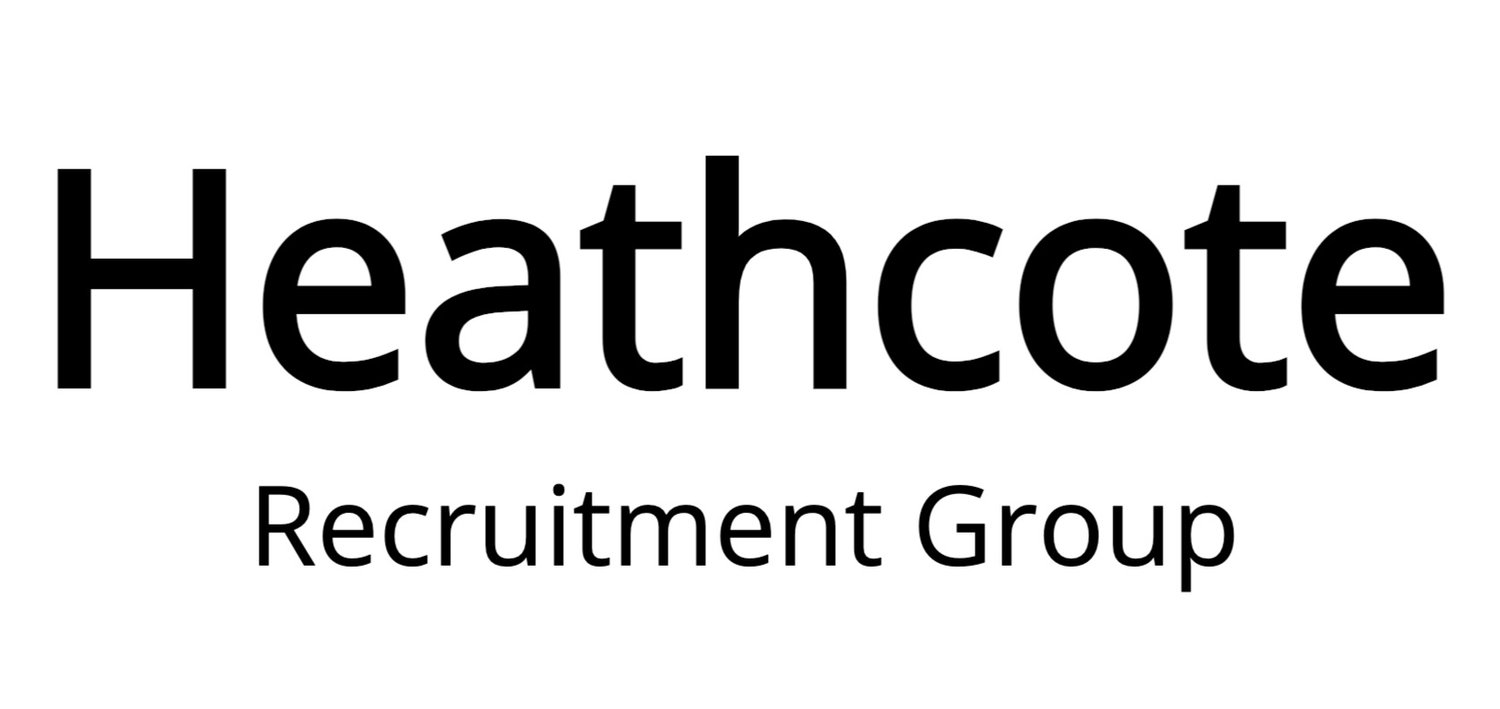The first and obvious step to developing a successful email marketing strategy starts with building a quality contact list - but don’t just think of your database as names on a spreadsheet. Your list could potentially generate thousands of pounds worth of income.
Quality over quantity
It’s easy to assume that the more contacts you have, the more likely it is that you’ll achieve results. But, in reality, the opposite is true. You need your database to be filled with people who have an interest in your business. If nobody is interested, your list won’t convert. By having a quality database, full of engaged customers, you might be able to entice your readers to make an enquiry or spend their hard-earned pennies.
Engage, engage, engage
The key to achieving a quality list is to first engage customers on a one-to-one basis, or ideally in person. Subsequently, you should then build upon your customer’s positive experience and ask if you can continue your conversation over email. The more information you have on your customer (interests, recent purchases, requirements), the more able you can be in tailoring content and offers to suit their needs.
Here’s some ideas to attract sign-ups:
· Ask for sign-ups at the end of a transaction. Your customers are more likely to want to find out more after they’ve already done business with you.
· Insert a link in your email signature and social media bios so customers can automatically subscribe. Avoid forcing customers to fill out long forms and questionnaires.
· Add a sign-up form on your Facebook page.
· Create a “reasons to sign up page,” featuring feedback from customers and post it on your website.
· Include a text-to-join feature so people can easily sign up through their smartphone.
· Include multiple sign-up forms on your website (and not just on the footer). More forms generally equals more sign-ups.
· Entice your subscribers by giving something back. What offers or materials could be valuable to your customers? Perhaps a discount or a free eBook?
Keeping hold of your audience
Getting someone to give you an email address is only one part of building a contact list. Once you have subscribers, you need to find a way to hold on to them. If you’re not sending out interesting content, your database can soon deplete via the dreaded 'unsubscribes' if you’re not careful. Ensure your tailoring your content as much as possible. Every single reader will be different, so sending the same email to everyone is unlikely to achieve results.
But how many emails should you send? The advice is to find a good balance. You should be sure that you are sending out enough emails so your subscribers don't forget who you are, but not too many that you are bothering them. Once per month is usually a good starting point, as a minimum (industry dependent).
In summary, it all comes down to your messaging. The more you can engage your subscribers with information they're interested in, the more likely you are to build a database that will deliver.





